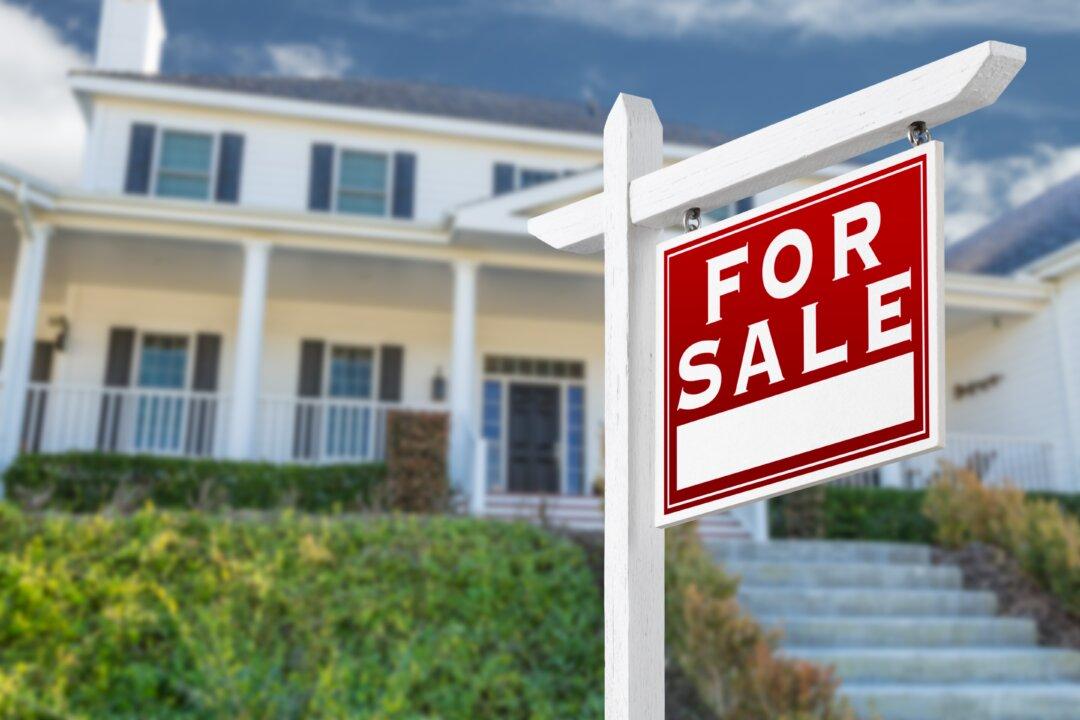Homes historically have served as the primary store of value and wealth creation for most Americans. Housing represented one asset class that was available to both working and middle-class Americans, facilitated in part through government-sponsored entities (GSEs) such as Fannie Mae and Freddie Mac, formed following the Great Depression, that aggregated lender risk, created market liquidity, and facilitated access to mortgages to millions of ordinary Americans.
This process created a both a level playing field and a point of entry for the working and middle classes into the world of capital accumulation. Home prices would typically grow in value over time, even during inflation, which would help sustain retirees and others who had invested in their homes and built equity value over decades.






